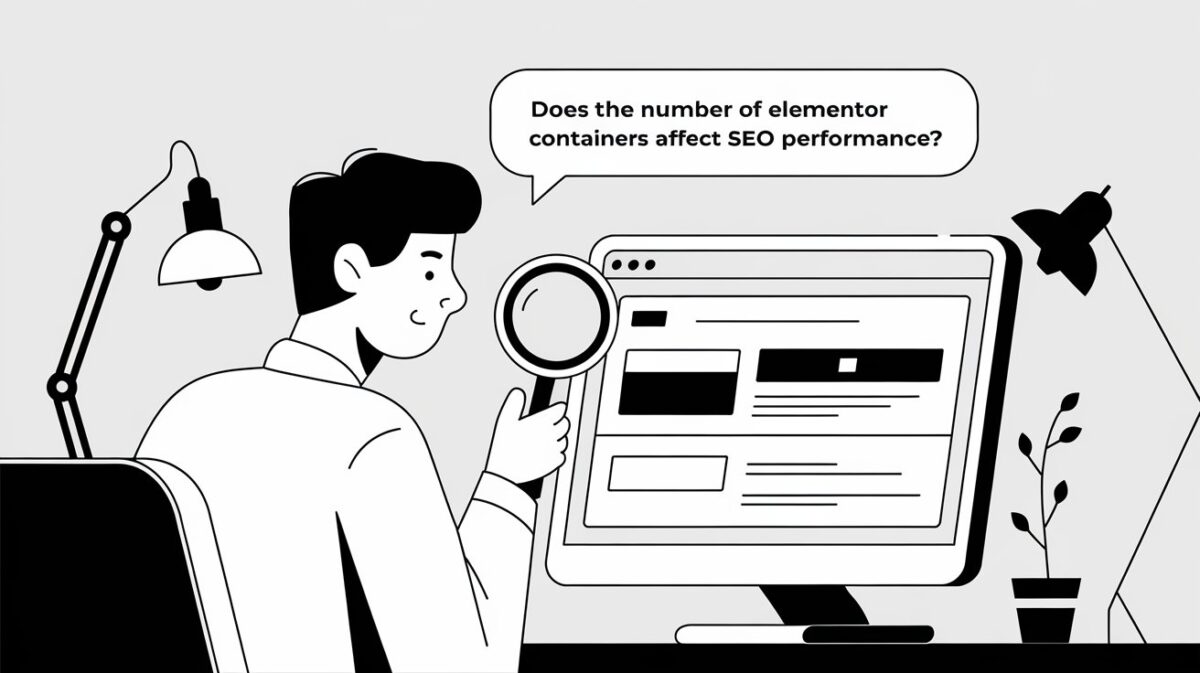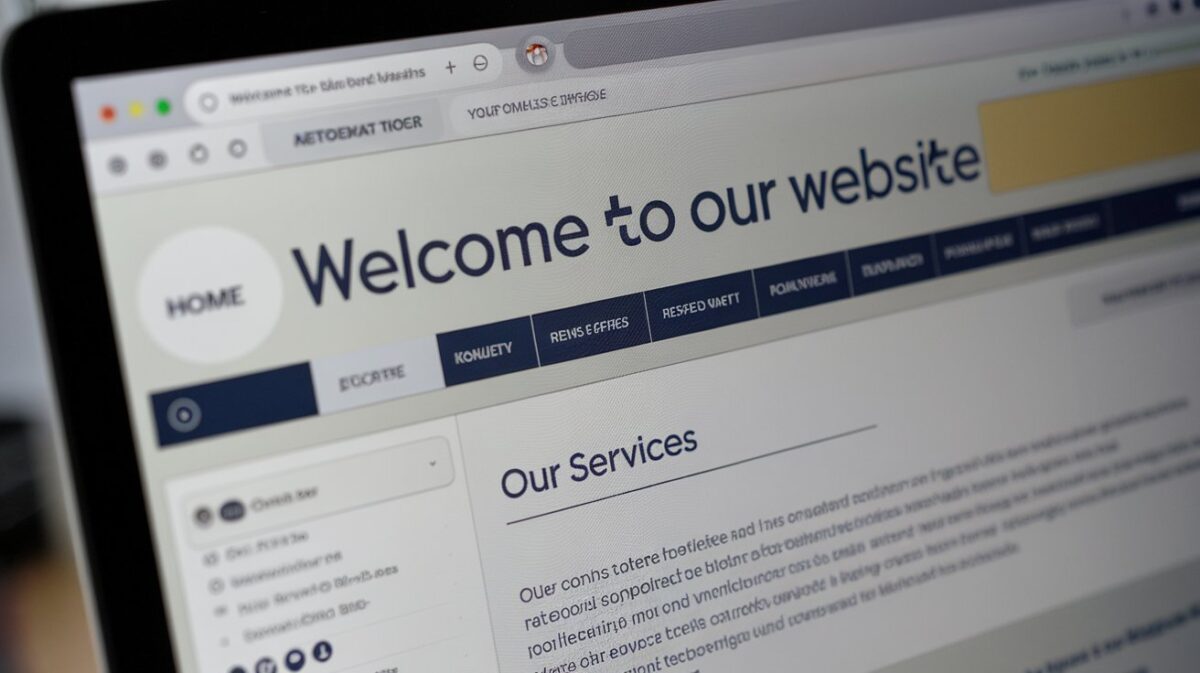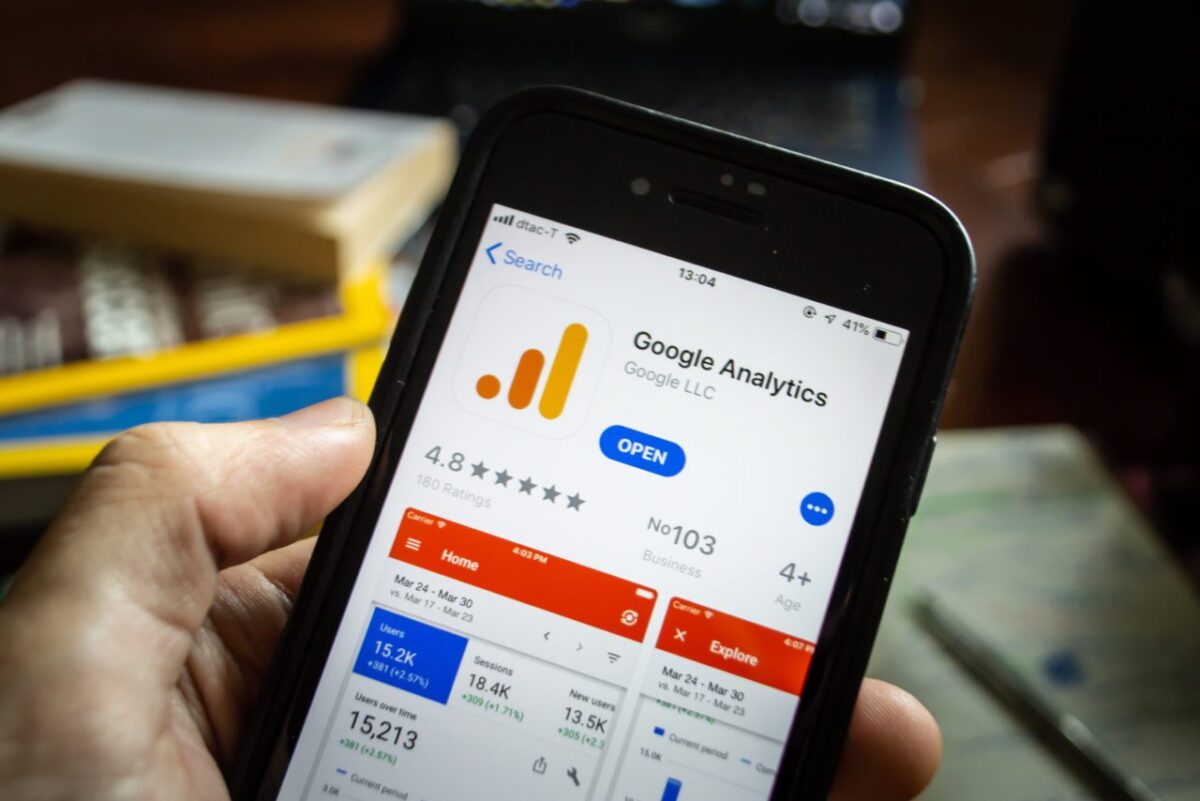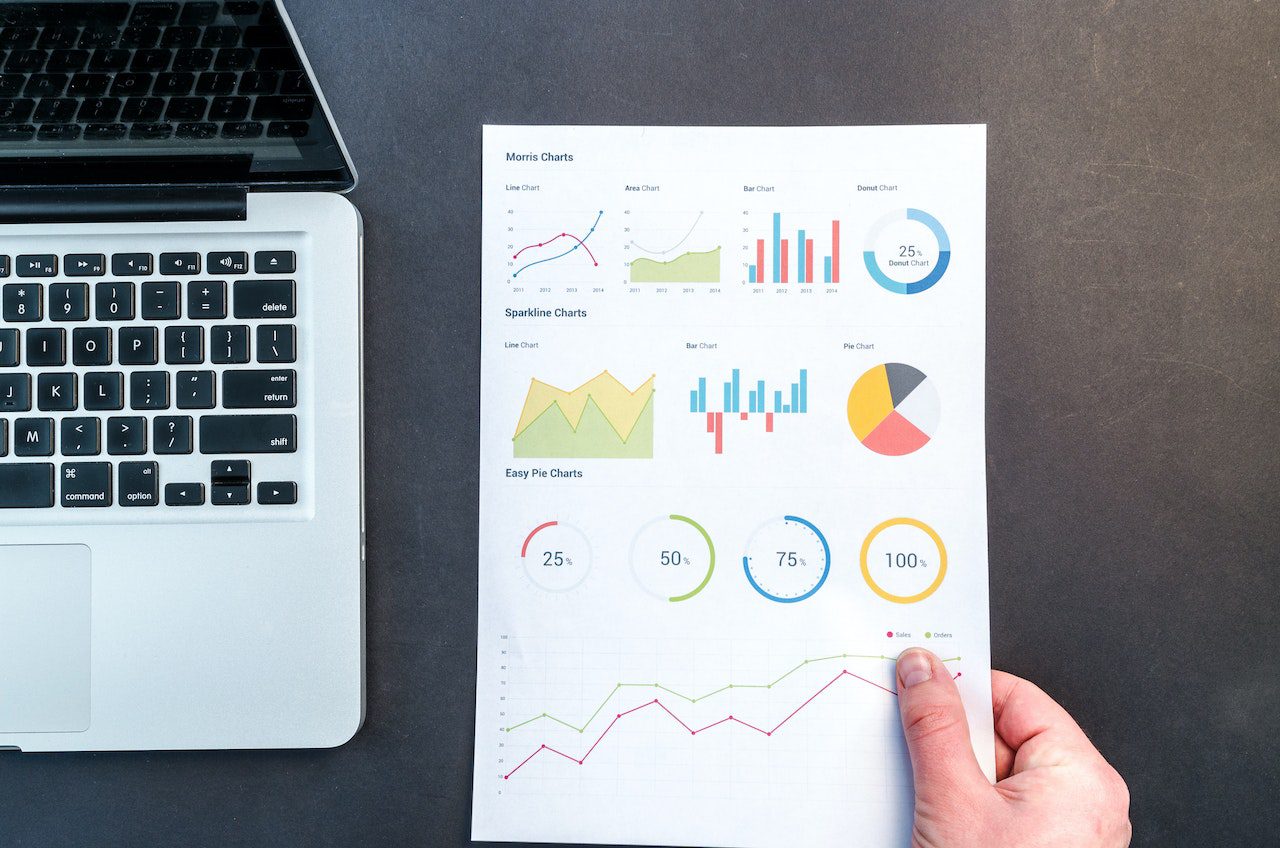Internal links are essential for SEO, guiding both users and search engines through your website. The right balance of internal links on a page can boost user engagement, aid in site navigation, and improve page rankings. So, how many internal links per page are optimal for SEO? Let’s break down the essentials for an effective internal linking strategy that enhances SEO without overwhelming users or search engines.
Key Benefits of Internal Links for SEO
Internal links connect pages on your site, helping search engines understand your website’s structure and making it easier for users to navigate relevant content. Done strategically, internal linking boosts search rankings by:
- Improving Page Authority: Linking to key pages distributes “link juice” or ranking power, potentially elevating the visibility of those pages in search results.
- Guiding Crawlers Efficiently: Internal links help search engines discover and index your pages, especially newer or deeper pages that may be missed otherwise.
- Enhancing User Experience: Thoughtful internal linking keeps users on your site longer, decreasing bounce rates and signaling content value to search engines.
With these benefits in mind, the next question is: how many internal links per page actually work best for SEO?
How Many Internal Links per Page for SEO?
The ideal number of internal links per page depends on your content’s length, site structure, and goals. General SEO guidelines suggest around 3-10 internal links for shorter content and up to 100 for longer, in-depth pages. However, quality always matters more than quantity—link only to content that truly adds value for users.
Guidelines for Internal Link Quantity
- Consider Page Length: Longer pages, like 2,000-word guides, can handle more links—typically 10-15—without feeling crowded. Shorter pages (500 words or less) should aim for 3-5 links to avoid overwhelming the reader.
- Prioritize Relevance: Choose links that naturally complement the topic of the page. Each link should serve a clear purpose, leading users to related, valuable content. Irrelevant or excessive links can harm user experience and distract from your main message.
- Align with Site Structure: Effective internal linking follows your site hierarchy. Connect lower-level pages with high-value or “pillar” pages to strengthen SEO. A seamless internal linking structure makes it easier for users to find top-priority pages and helps search engines understand the importance of each page.
Best Placement for Internal Links
Where you place internal links on the page is as important as how many you include. Proper placement enhances engagement and keeps readers exploring relevant content, signaling positive user interaction to search engines.
Anchor Text Optimization
Anchor text, or the clickable text of a link, should be descriptive and specific to the linked page’s topic. Avoid generic phrases like “click here”; instead, use keywords that match the destination page’s content. Thoughtful anchor text not only boosts SEO but also makes the link’s value clear to users.
Contextual vs. Navigation Links
Links placed directly in the content (contextual links) typically get more engagement than those in sidebars or footers. Contextual links also help Google understand the topic relationships between pages, which can strengthen rankings. Place most of your internal links within the main body of the content to maximize both SEO impact and user interaction.
- Navigation Links: Include your high-value pages in your main navigation menu to ensure they’re easily accessible. While these links may not carry as much SEO weight as contextual links, they improve user flow.
- Footer Links: Use the footer for links to secondary pages like contact info or policies, which may be less essential for SEO but still useful for user navigation.
Avoiding Common Internal Linking Mistakes
While internal linking can benefit SEO, too many links or poorly placed links can backfire. Avoid these common mistakes to keep your internal linking strategy strong:
- Overloading with Links: Crowding a page with too many links dilutes their value and can create a distracting experience. Stick to the most relevant links that enhance the user journey.
- Using Irrelevant Anchor Text: Avoid using anchor text that is too vague or unrelated to the linked content. Each link should have descriptive anchor text that matches the topic of the destination page.
- Linking to Low-Value Pages: Linking to outdated or low-value content doesn’t help users or SEO. Focus on directing traffic to high-quality pages that bring real value to visitors.
- Orphaned Pages: Orphaned pages, or pages with no links pointing to them, can go unindexed by search engines. Regularly review your site to identify and link to any orphaned pages to ensure all important content receives attention.
- Neglecting Link Maintenance: If you add or remove content, check that your internal links remain accurate. Broken links frustrate users and can hurt SEO. Schedule routine link audits to maintain a strong linking structure.
Practical Internal Linking Best Practices for SEO
To make the most of your internal linking, focus on a strategy that emphasizes relevance, user experience, and search engine visibility. Here’s a quick rundown of best practices:
- Use Relevant, Descriptive Anchor Text: Anchor text should be descriptive and directly related to the linked page’s topic.
- Link Strategically Within Content: Place most links within the body of the content to keep users engaged and guide search engines.
- Highlight High-Value Pages: Link frequently to cornerstone content or pillar pages that represent your most important topics.
- Regularly Audit Internal Links: Check for broken links and update any outdated connections to ensure your site remains user-friendly and search engine compliant.
How Many Internal Links Per Page SEO Strategy Recap
Finding the best number of internal links per page depends on your page length, site structure, and SEO goals. For most websites, 3-10 internal links work well on shorter pages, while 10-15 links can suit longer pages. Always focus on relevancy and user experience when linking internally. Strategic internal linking helps users navigate your site, assists search engines in indexing pages, and strengthens site authority overall.


















